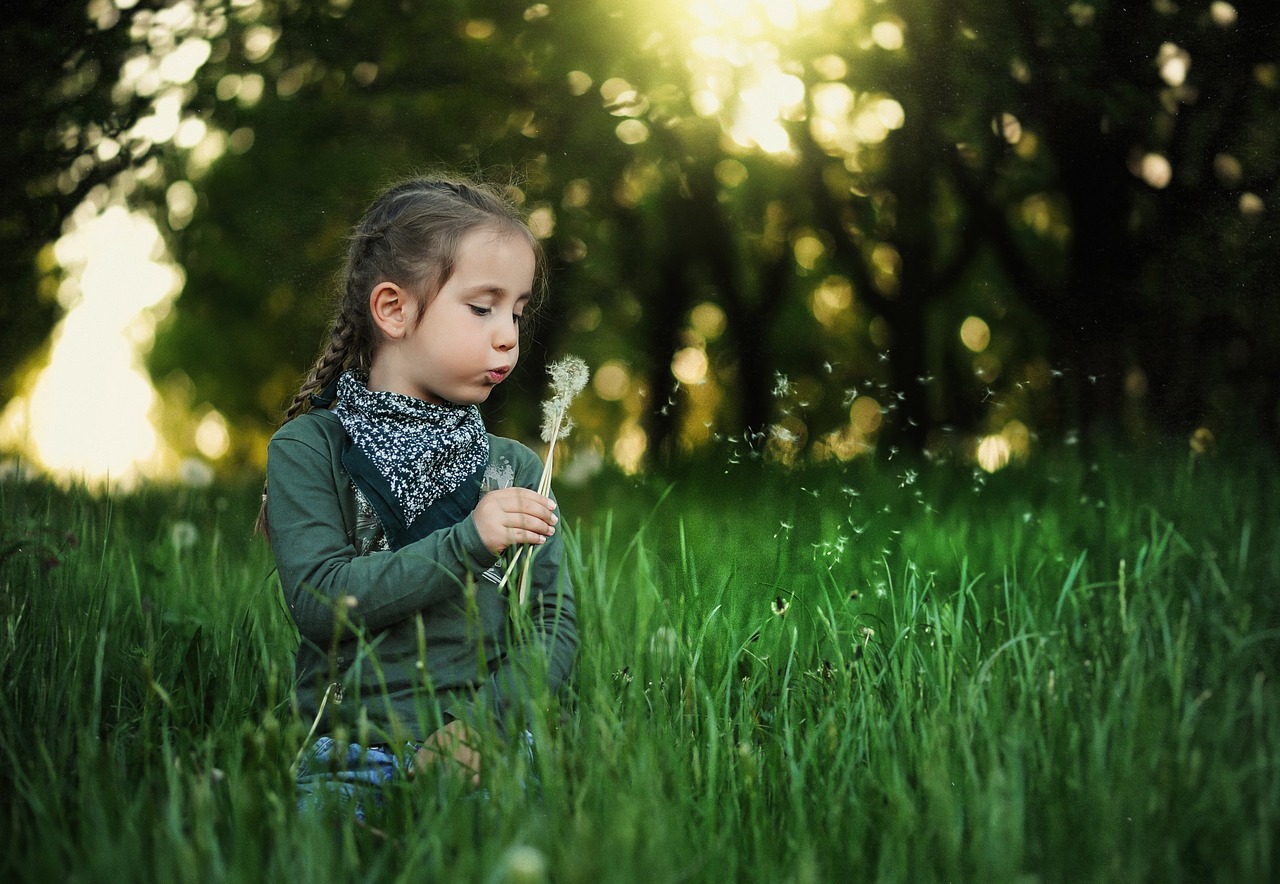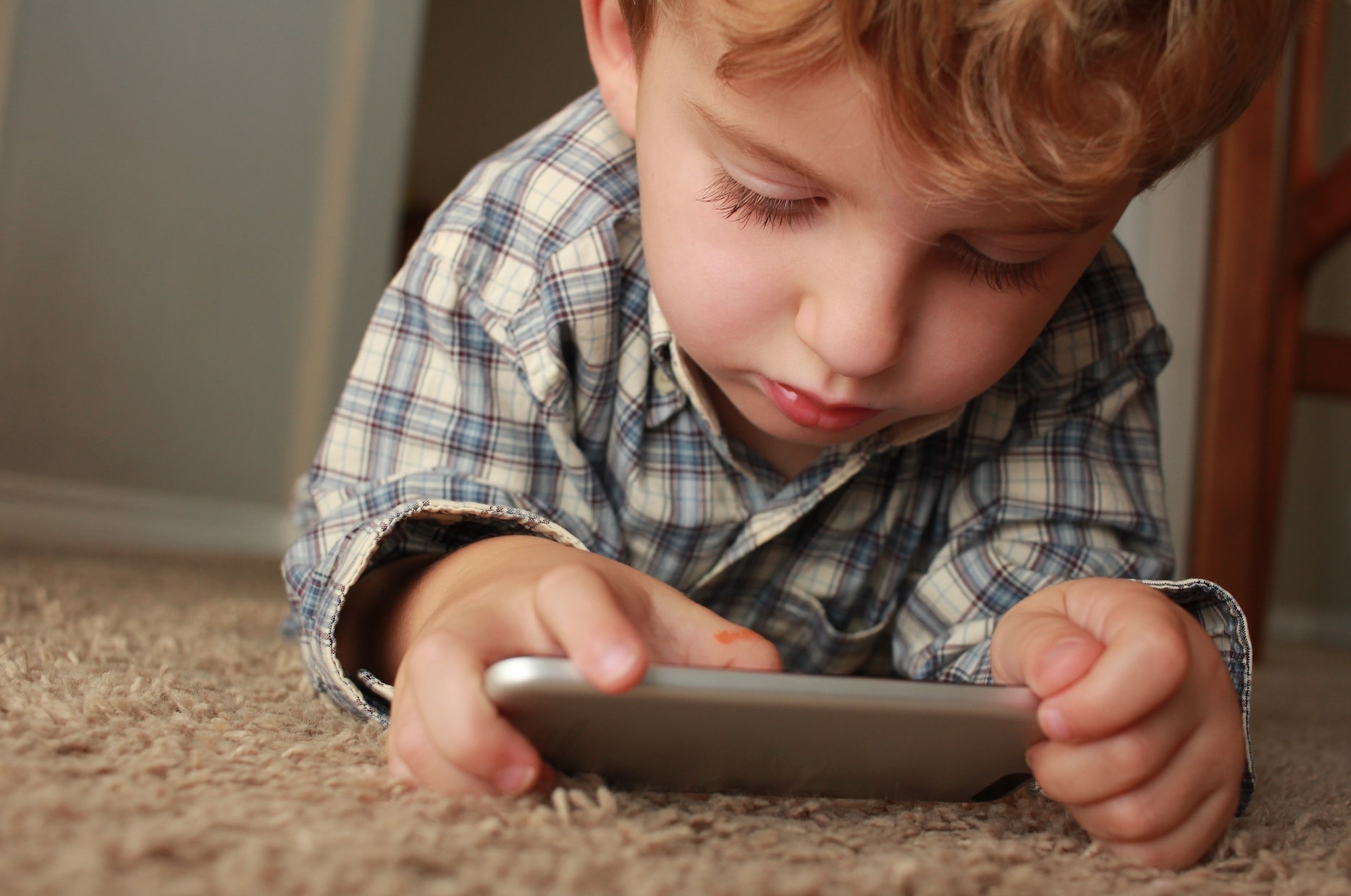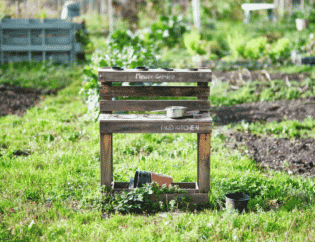
When nature-deficit disorder was first coined by author Richard Louv in "Last Child in the Woods," Louv looked at causes for the decline in outdoor time in a child's life.
Louv, an accomplished journalist, and best-selling author held up a mirror to childhood. What he saw was startling. Kids who looked for plugs in the outdoors or are afraid to climb trees. Turns out there were many "disincentives" preventing kids from heading outdoors including parental concerns about safety, overscheduled children, or a lack of access to green space.
Over a decade since "Last Child" was published, much has changed in childhood with kids spending even less time outside. And in fact, the top reason today why kids stay indoors isn't really a disincentive. It's an incentive to staying inside. Yes, of course. It's screens.
In a landscape dotted with screens everywhere our gaze falls, what role do devices play in keeping kids inside? Turns out, a lot.

Organizations have been concerned about an indoor childhood for some time. They have asked parents for their reasons. According to a survey of 2,600 parents commissioned by National Wildlife Federation, technology topped the list of reasons why kids are not getting outdoors. One Norwegian study, 'Why do children not play in nearby nature?' surveyed over 3000 parents of children aged 6–12 years. The researchers found that "the shift of media practices has undoubtedly contributed to the fact that outdoor spaces have lost much of their appeal as attractive playscapes for children and young people'. Parents reported that their children spent so much time on screens that to be outside is downgraded.
Outdoor spaces have lost much of their appeal as attractive playscapes for children and young people.
The downgrading of nature is not confined to urban and suburban kids. A study in the journal “Environment and Behavior” found that rural children are also spending more time in front of screens than in nature. The researchers surveyed 543 sixth- to eighth-grade students across rural South Carolina. According to the survey, screen time was higher than outdoor time for almost every demographic group that the researchers examined.
If this phenomenon has reached rural children—kids who would typically wander through fields, fish in creeks or spend a summer evening catching fireflies—is there any hope? We think there is. We also think we have no choice but to change the trajectory from an indoor childhood to one in nature.
The reality is that screens, we are learning, are harming our kids. As this fantastic article in The Atlantic explains, the mental health of our kids is at stake. Rates of teen depression and suicide have skyrocketed since 2011, the exact year when the proportion of Americans who owned a smartphone surpassed 50 percent. And one longterm survey funded by the National Institute on Drug Abuse which has queried 12th-graders about their habits, social behaviors and mental health since 1975 found equally sad results. Teens who spend more time than average on-screen are more likely to be unhappy than their less connected peers.
As parents, we can no longer sit by and calmly watch as our children are involuntarily tasked with "piloting" yet another device, app or "smart screen," whether that be at home or in the classroom. One of the most crucial responsibilities that we have is to ensure that our children are experiencing a childhood that is (often, ideally) free of screens and other distractions that can lead to addictions, antisocial behavior and a complete distance from the natural world, which has so many benefits to offer.
Fortunately, there is growing awareness and research about the potentially damaging effects of screens on our children. There are also efforts to help parents keep childhood wild, or at least not plastered with screens. One effort we support is Wait Until 8th, which empowers parents to rally together to delay giving children a smartphone until at least 8th grade. By banding together, the group hopes parents will decrease the pressure felt by kids and parents alike over the kids having a smartphone.
Being a parent was never easy. But, somehow, it seemed a lot simpler before the screen invasion.











